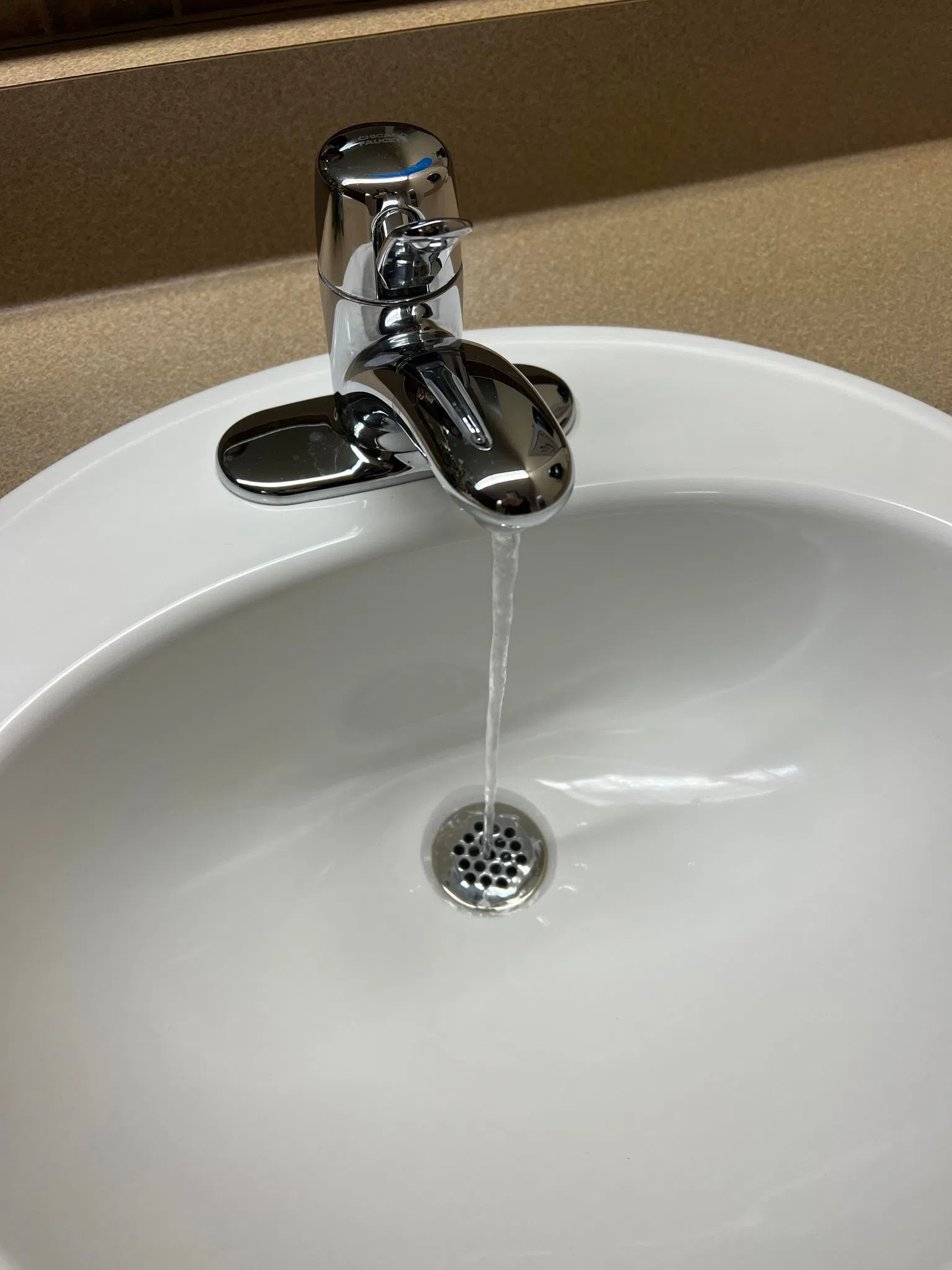ALLOUEZ, WI (WTAQ-WLUK) — Millions of gallons of water are going missing every month in Allouez. Now, village leaders are searching for answers.
They believe it’s the result of a potential leak, or multiple leaks, within their water system — but are unsure where the leak is.
The village says 4-6 million gallons per month, or 100,000 gallons a day, of water is being lost in Allouez.
“We haven’t seen anything out of the ordinary. It’s a mystery right now,” Village of Allouez Director of Public Works Sean Gehin said.
Gehin said water leaks are normal. In fact, the village plans on losing millions of gallons each year. Despite this, back in December, they noticed the village was losing even more than normal — and they don’t know where the leak could be.
“Typically, they’re obvious because you see them bubble up through the ground and you can physically see it. But in this particular case, it’s not coming to the surface,” Gehin said.
Gehin said since they can’t see the leak above ground, it makes this case even more unusual and challenging to solve.
Allouez bought 35 million gallons of water in January, but only 23 million gallons was used by customers. Officials say about 12 million gallons of water leaked that month.
For comparison, that’s nearly 91 million 16.9-ounce plastic water bottles, or 18 Olympic-sized swimming pools.
There are 62 miles of water piping throughout Allouez, and the reason for the leak is likely because of the age of the pipes. While the village is working on replacing them year by year, much of the system was built between the 1950s and the 1970s.
“You can do the surveys all the time and fix what you see, and as soon as you pull the cameras, you can spring another leak. It’s aging infrastructure and it’s unfortunate,” Allouez Village President Jim Rafter said.
Allouez’s average loss of water in the winter is between 20% and 25%. This year, it was about 35%. Those losses add up to around $18,000 per month.
To help solve this issue, the village is hiring a contractor in July to perform a leak detection survey.
“They use microphones to listen to our water main and typically, they listen to the water main at every 300 to 500 feet, depending on the pipe material,” Gehin said.
They’ll listen to valves, curb shut offs and hydrants, listening for the leak. Once the culprit is found, it could be fixed in a matter of days.
Allouez also plans to continue checking wastewater flow, storm outfalls and look for surface water to help identify the problem as soon as possible.


